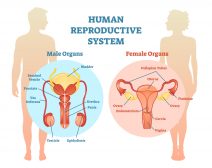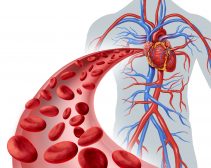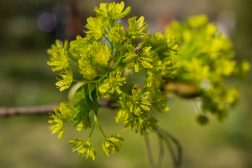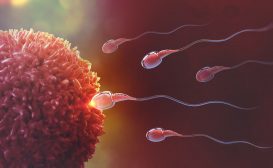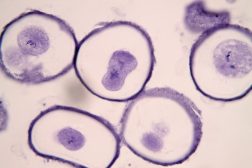Definition
noun, plural: heterochronies
Refers to the rate of morphological transformations accomplish by the developmental timing of events over evolutionary time leading to changes in size and shape.
Supplement
• Predisplacement – The disposition start to change first in the successor than it appears to the ancestor.
• Postdisplacement – The disposition start to change later in the successor than it appears to the ancestor.
• Hypermorphosis – The growth of the character further persist in the descendant at the point wherein it stopped in the ancestor.
• Progenesis – The growth of the character stop earlier in the descendant at the point wherein it continues to the ancestor.
• Neoteny – The character grows at a minor rate in the progeny compare to the predecessor.
• Acceleration – The character grows at a major rate in the progeny compare to the predecessor.
Related Concepts:
• The concept of heterochrony is related with allometry which portrays the link between sizes of the different structures of an organism all through its life.
• Diverse type of heterochronies can take place in different parts of the body producing ontogenies that are detached wherein some portions of the body parts develop well while others hold back its development.
• Mutations caused by heterochronic changes take part in evolution and developmental restriction that eventually resulted in prevailing relationships linking the course of embryonic growth and the ensuing evolutionary evidence.
Related terms:
- allometry
- heterochronistic (adjective)
- heterochronous (adjective)
See also:

